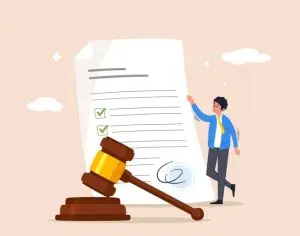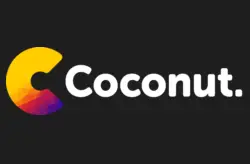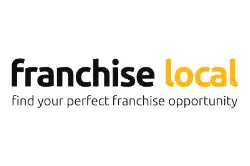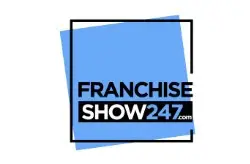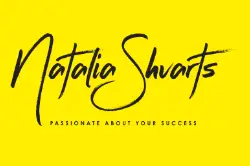If eight out of ten cats prefer Whiskas (at least according to advertising lore), what proportion of your employees enjoy working for you?
Employee engagement is one of the key drivers of productivity. A major Gallup study into employee engagement in 2020 found, when comparing top and bottom quartile businesses on various outcomes, that there was an 81 % difference in absenteeism, 28% difference in employee theft, 10% difference in customer loyalty and 23% difference in profitability.
If that doesn’t make a business case for improving or maintaining good employee engagement, I am not sure what does.
To improve something effectively though, you first need to know its current state, and that is where employee surveys come in.
What is an employee survey?
There are different ways of getting feedback from employees. At the informal end of the spectrum: “Heard it on the grapevine” or having an open-door policy. However, a more structured approach is the employee survey. This is a planned, well-considered set of questions, designed to give you targeted information.
So, what may you wish to discover in an employee survey? It will entirely depend on your business, but in most cases will be ultimately linked back to employee engagement. Ideas include: career progression; recognition; pay and benefits; safety; and work/life balance.
Surveys like these will best be delivered in specialist software which will manage issues such as the setup and logistics of the survey itself, privacy and analysis of the data collected. It may be something that you do in-house, or you can commission an expert to guide you, do the heavy lifting and help you make sense of the information you collect.
Why run an employee survey?
I have already drawn your attention to the importance of employee engagement which is a big reason for running an employee survey.
You may choose to run an employee survey because you know or suspect that something needs addressing.
You may conduct a survey because you want to shout about something you are doing right, and want statistics or endorsement to back it up – say if you are about to launch a recruitment campaign.
It could simply be that you want to ensure your employees have a voice – although, if this is the case, make sure you take note of what they say and act upon it if necessary.
Top tips on how to use employee surveys
Plan carefully – You don’t want to spend the time and effort producing an employee survey without having a specific objective in mind. Consider what you are trying to accomplish and ensure that the questions you choose will deliver the right information.
Vet every question – Will employees feel comfortable answering them? Are they relevant to your goals? Are they easily comprehensible?
Give a suitable time window for completion – Take into account factors like annual leave and busy periods to ensure there is opportunity for all to complete it; but weigh this up against it providing you with the results in a useful timeframe.
Use the survey answers – Once the results are in, make sure you act upon them accordingly and in line with your goals. If they surprised you, perhaps revealing an unknown problem, it may be a shock at first; but think of it as a chance to put things right and make your business stronger in the long run.
A gift to your business… and your future self
Like getting a fully operational car serviced, employee surveys may seem like a hassle, an unnecessary expense, something you can leave until next year. But just like with a car, one of the tricks to keeping a workforce running smoothly and productively is to keep it in good nick and regularly check in to address any issues before they become larger problems.




